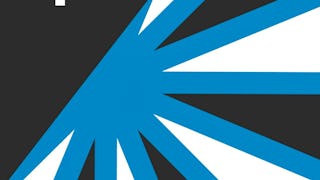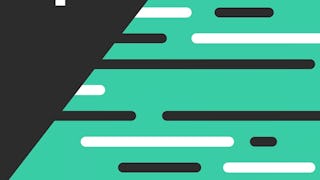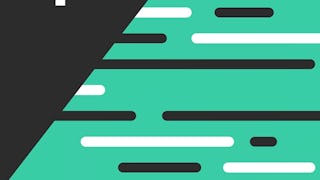Learn the five essential Scrum events and how to measure team productivity effectively. You'll practice planning and executing Sprints, conducting Daily Scrums, Sprint Reviews, and Sprint Retrospectives that drive continuous improvement. This course teaches you to create detailed Sprint plans and backlogs, facilitate productive retrospectives, and use key Scrum tools including burndown charts, velocity tracking, and Kanban boards to visualize workflow and measure team performance for data-driven project decisions.


Organize Projects and Measure Productivity with Scrum
本课程是 Google Agile Essentials 专项课程 的一部分

顶尖授课教师
包含在  中
中
您将学到什么
Develop tools and artifacts such as product backlogs, sprint plans, sprint backlogs and retrospectives
Describe the five important Scrum events and how to set up each event for a Scrum Team
Apply communication tools to help plan and visualize Sprint workflow and progress
Perform Product Backlog refinement by relative effort estimation, determining acceptance criteria, and prioritization
您将获得的技能
要了解的详细信息

添加到您的领英档案
September 2025
5 项作业
了解顶级公司的员工如何掌握热门技能

积累特定领域的专业知识
- 向行业专家学习新概念
- 获得对主题或工具的基础理解
- 通过实践项目培养工作相关技能
- 获得可共享的职业证书

该课程共有4个模块
You will summarize the five key Scrum events: Sprint, Sprint Planning, Daily Scrum, Sprint Review, and Sprint Retrospective. You will define the key concepts related to these five Scrum events. You will also explore the process of creating a Sprint plan and backlog.
涵盖的内容
2个视频2篇阅读材料1个作业
You will explore the last two Scrum events in the cycle: the Sprint Review and the Sprint Retrospective. You will learn more about how Sprint Retrospectives can benefit your team in the future.
涵盖的内容
2个视频2篇阅读材料2个作业
You will explore how to use burndown charts, velocity, and Kanban boards in Scrum.
涵盖的内容
2个视频1篇阅读材料1个作业
Congratulations! You have reached the end of the Google Agile Essentials Specialization. You will wrap-up the course and claim your certificate badge.
涵盖的内容
1个视频1篇阅读材料1个作业
获得职业证书
将此证书添加到您的 LinkedIn 个人资料、简历或履历中。在社交媒体和绩效考核中分享。
位教师

提供方
从 Leadership and Management 浏览更多内容
人们为什么选择 Coursera 来帮助自己实现职业发展




常见问题
Agile is an approach to project management that breaks down a large project into smaller, manageable time frames, called sprints. Teams can work on multiple parts of a project concurrently, which can make Agile more effective than traditional project management because resources can be used simultaneously and feedback is gathered and incorporated more frequently. In addition, Agile teams stay organized and efficient because they spend less time creating documentation or waiting for something to be completed.
If you're already in a project management role, you may be familiar with a more traditional management approach called Waterfall. Waterfall project management uses a linear process: Each phase of the project flows into the next one, like a waterfall. With this approach, one task is finished before another one is started. Agile project management is different because it is iterative, meaning the team is working on different parts of the project at the same time and project processes can be repeated many times throughout the project, incorporating feedback at every stage. Agile can be more effective than traditional project management because resources are used simultaneously in smaller time frames, called sprints. This iterative model means customer and stakeholder feedback is gathered more frequently and less time is spent creating documentation or waiting for something to be completed.
Agile project management is a sought-after skill across industries. In Google Agile Essentials, you’ll earn a certificate to showcase your skill set to your network and employers. Whether you’re a current or aspiring project manager, you’ll get the skills necessary to propel projects to new heights. In under 10 hours, you’ll get hands-on experience using agile methodologies and building Scrum artifacts. Through videos, readings and resources, you’ll learn how to create a powerhouse Agile team, unleash efficiency with organization, and apply in-demand project management practices.
This self-paced course is accessible to everyone and is designed to fit into busy schedules. You don’t need any technical experience to begin, and the skills you’ll learn can be applied to a variety of roles across industries. After completing the course, you can add your credential to your resume to display expertise to current and future employers.
更多问题
提供助学金,







